This site uses cookies. By continuing to browse the site you are agreeing to our use of cookies. Read our privacy policy

Frank Leyhausen is CEO of Reifegrad4, an organization that helps to test the demographic resilience of concepts and new business ideas.

Within two years, a quarter of the population in Germany will be 65 or older. China, India, and Japan have similar demographics. This global shift is creating many challenges, one of which is helping the elderly embrace digital technology.
Although there is cause for optimism, digitalization is falling short of its potential in this area, largely because older people are not yet adept at using digital devices and services. Being “digital immigrants” rather than digital natives, they didn’t start using today’s tech until well into their adult years. That makes it harder for them to get comfortable with rapidly changing technology.
Blaming seniors won’t help. Neither will simply enlarging the buttons on their mobile phones. Both reactions only play into a latent ageism which seems to plague many societies that are digitalizing quickly.
There has to be a better way. And in fact, there are several.
Bringing silver surfers up to speed
Learning from your peers is the best way to acquire new digital skills, according to Dagmar Hirche, an author, speaker, and recognized expert on the topic.
In 2015, Hirche started her project, "We silver the net”, in which she shows older people how to use various kinds of tech. To date, she has trained more than 35,000 seniors, an effort for which she was awarded the Federal Cross of Merit, an honor bestowed by the German government.
Hirche advises starting with the basics, such as how to install an app on your device. But most important is to empathize with seniors’ concerns and make them feel like they are part of the training – rather than feeling they are being talked down or lectured to.
Hirche has learned that simply knowing how to do something is not enough. Only when seniors make digital devices and services a part of their daily routines can victory be declared in the war against “techno-ageism.”
But other challenges loom. During the COVID pandemic, many older people in short-term care facilities and were baffled by the lack of connectivity there.
As a society, we must ask ourselves: how can we expect the elderly to be online if we fail to connect the facilities that care for them?
Cost reduction guides digitalization – and that’s a problem
The assumption that the internet is ubiquitous and that everyone knows how to use it may hold true for younger generations, but not older ones. A recent case from Spain illustrates this point.
A 79-year-old retired Spanish doctor named Carlos San Juan de Laorden drew attention when he campaigned against banks that were closing physical branches and moving their services entirely online.
He started a petition called “I’m Old, Not an Idiot.” It argued that banks and other institutions should serve all citizens, rather than sidelining the oldest and most vulnerable members of society.
The petition gathered more than 600,000 signatures. As a result, Spain’s Ministry of Economic Affairs pushed banks to offer better customer services to seniors.
Fighting ageism with “co-innovation”
To make digital devices and services more customer-centric for the elderly, we need to involve senior citizens directly in the development process. This solution seems obvious, but few companies are doing it.
Yet co-creation and co-innovation with seniors are well-established concepts that have proven their value. As early as 2010, an ideas competition for user-friendly cell phones was launched to involve older people in new products and services. A community of 175 senior citizens developed 267 ideas for new solutions or improvements to existing products.
This is also the reason why we have from the outset involved senior citizens in the jury for the SENovation Award. Initiated in 2018 by SIGNAL IDUNA insurance group and the German Seniors League, it is the first award of its kind, recognizing start-ups in the GSA region that have pioneered new products and services for the elderly.
Will AI help or hurt?
Digital solutions based on AI will create opportunities to build devices and services catering to the elderly. In particular, conversational interfaces will make it easier for seniors to use tech, since they will be able to communicate through speech instead of having to navigate a graphic interface.
But AI may also have negative outcomes that stem from “data bias,” which occurs when data excludes or penalizes certain user groups. Bias could also arise if developers unconsciously perpetuate age discrimination by allowing their own prejudice to creep into the solutions they design – a risk noted in a 2021 report on ageism by the World Health Organization. This is particularly true in the realm of digital health, one of the largest future markets.
In a best-case outcome, the right combination of experiential knowledge of the elderly, together with human-centric AI models, will create solutions that are needs-oriented and smart. This will help tech companies and software developers cater to the fast-growing market of digital immigrants – who can then show the world that maybe they’re not so techno-phobic after all.


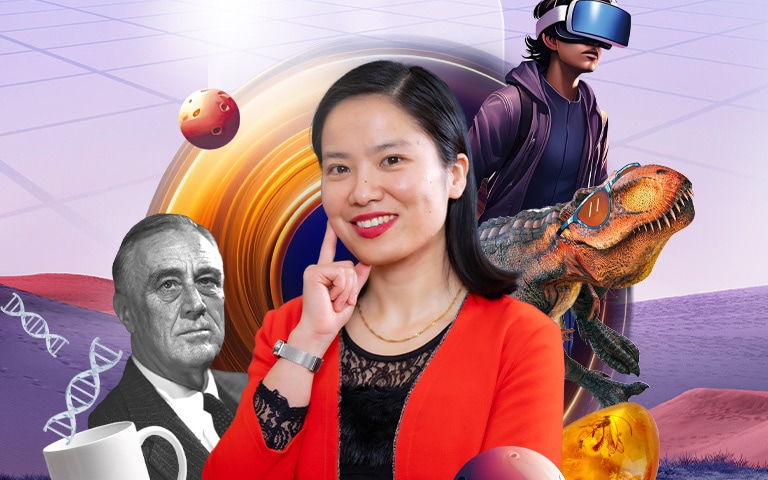
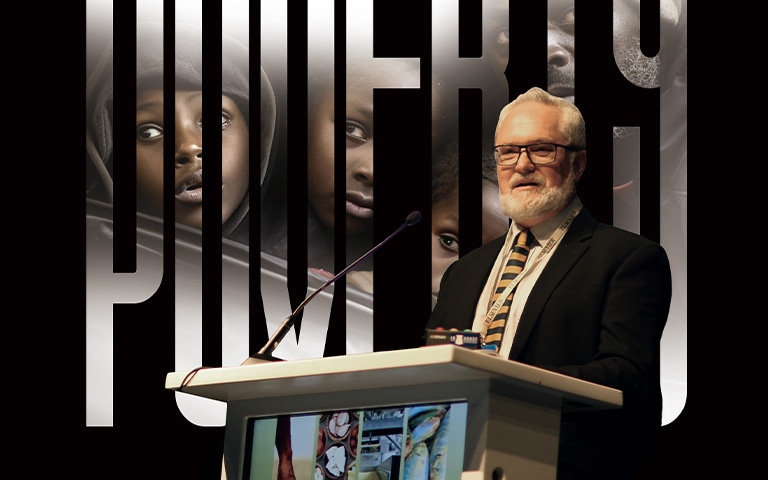
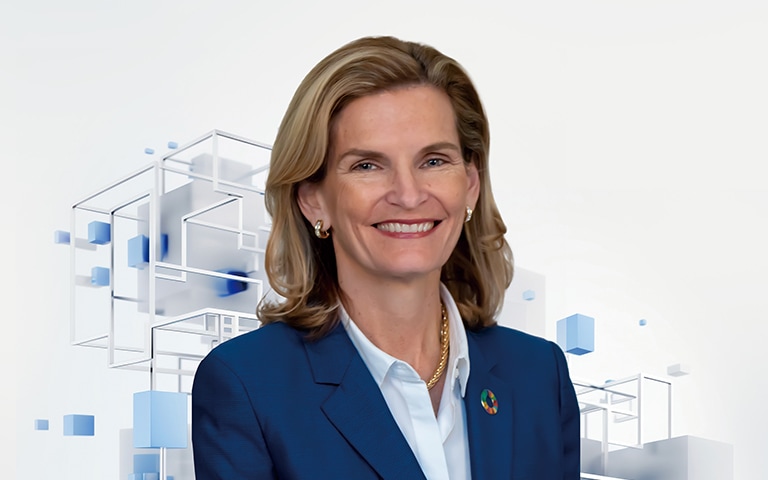


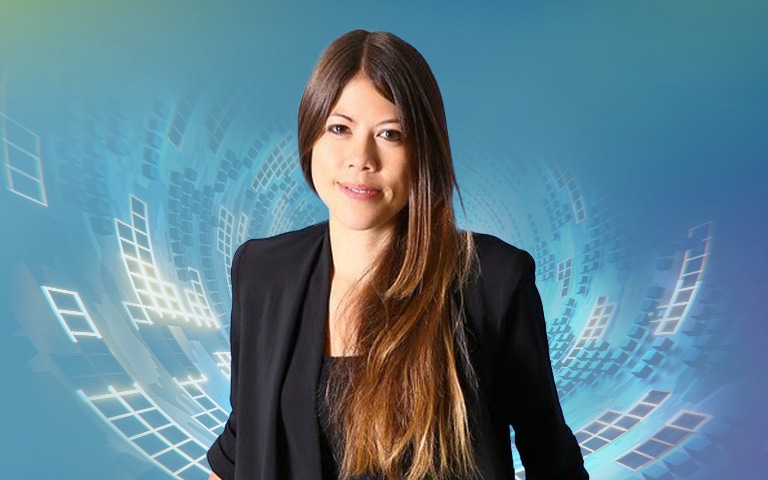
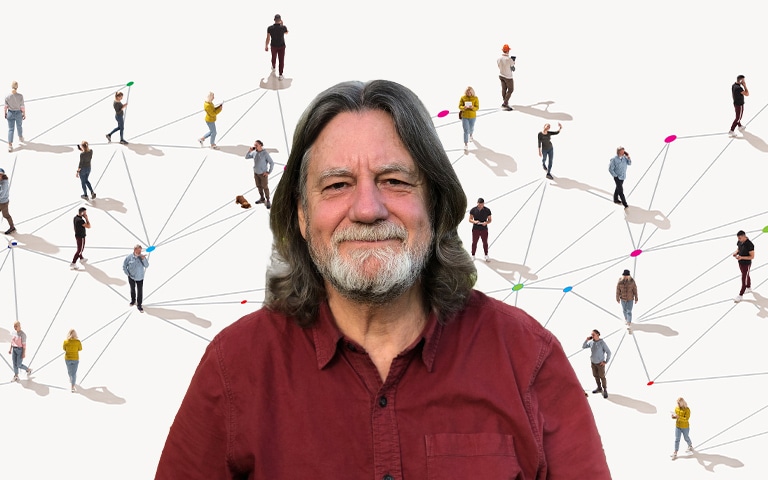
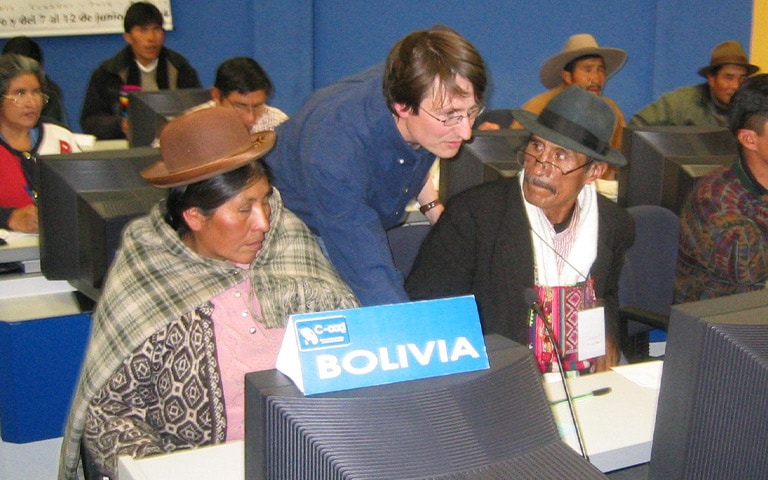


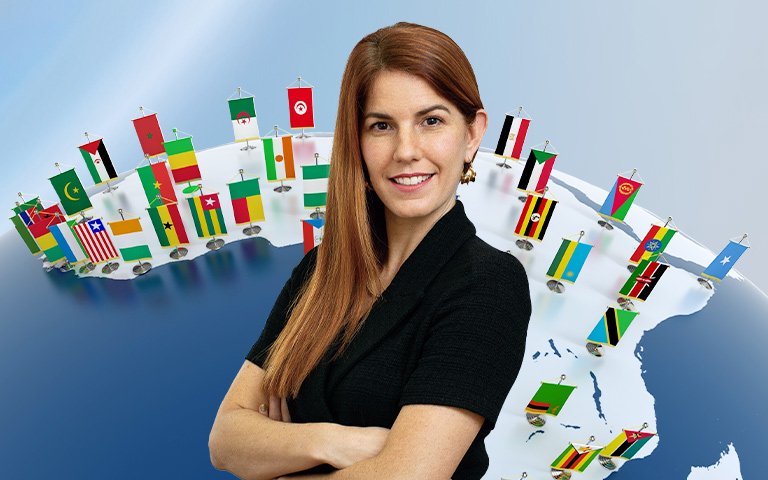
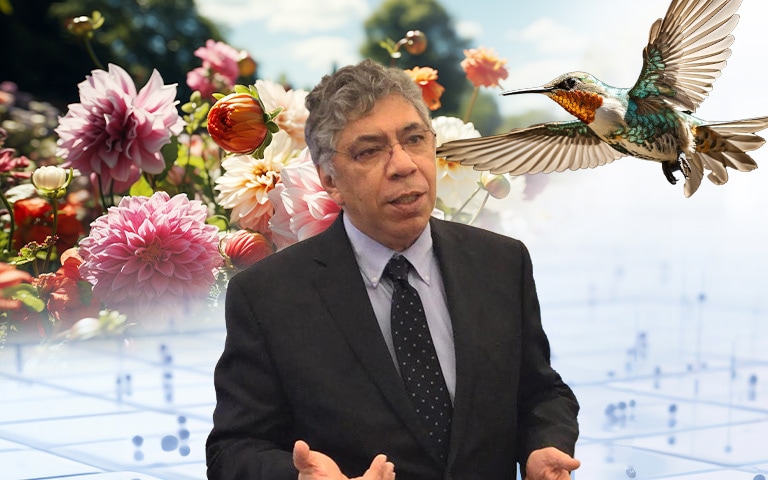

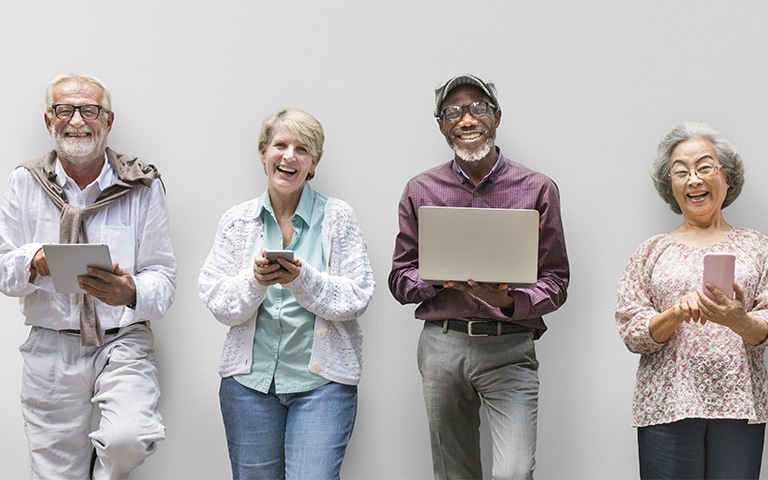

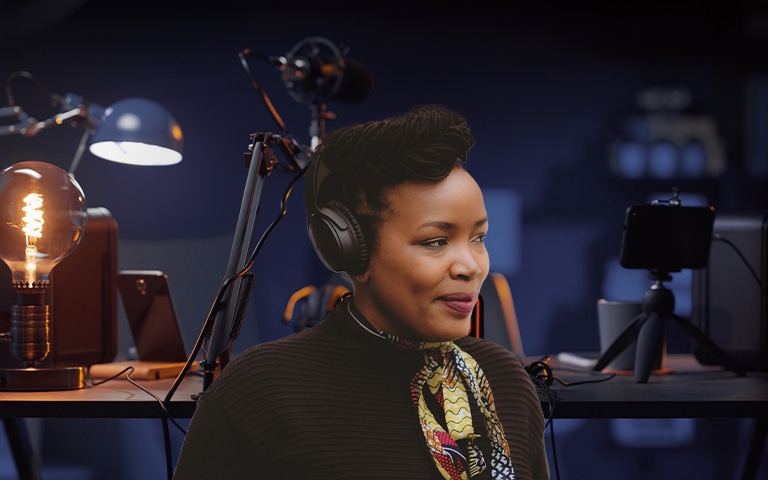
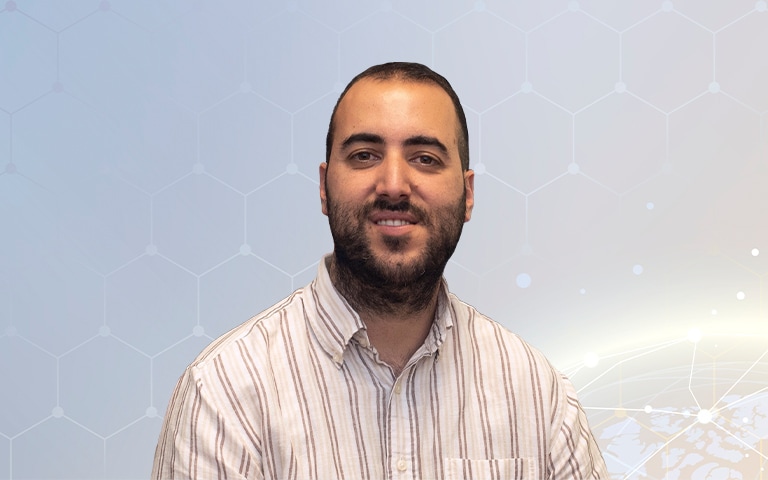
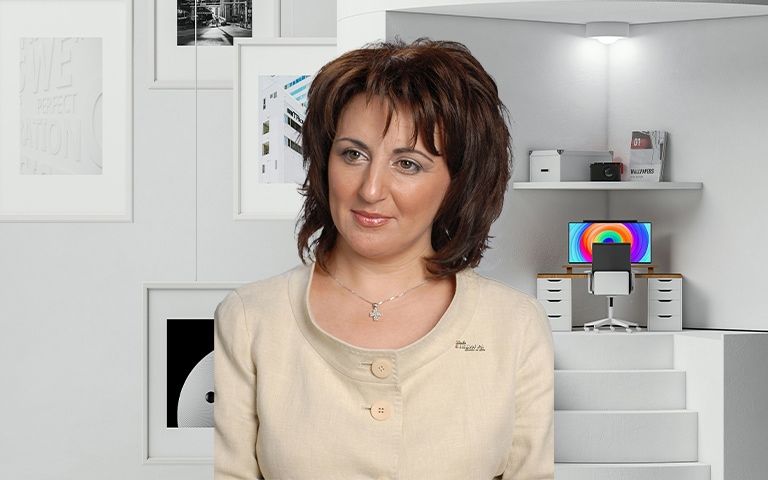

Contact us! transform@huawei.com
